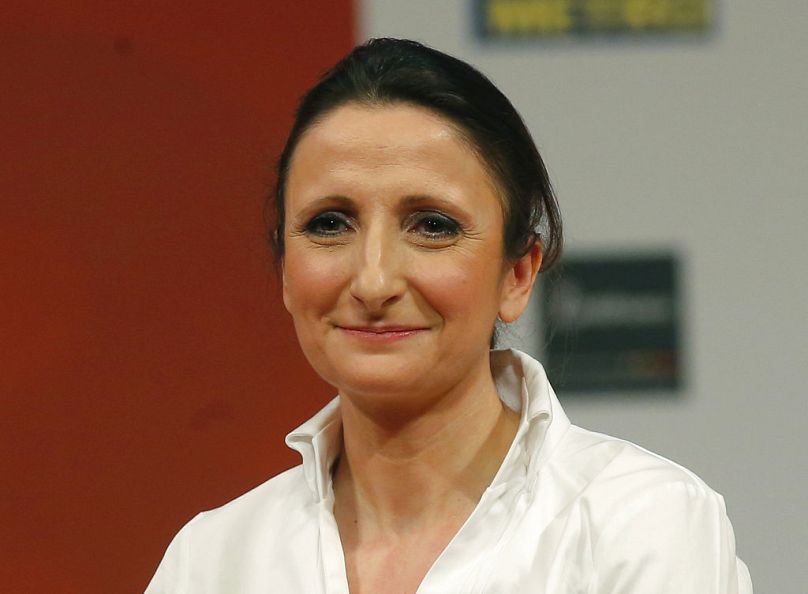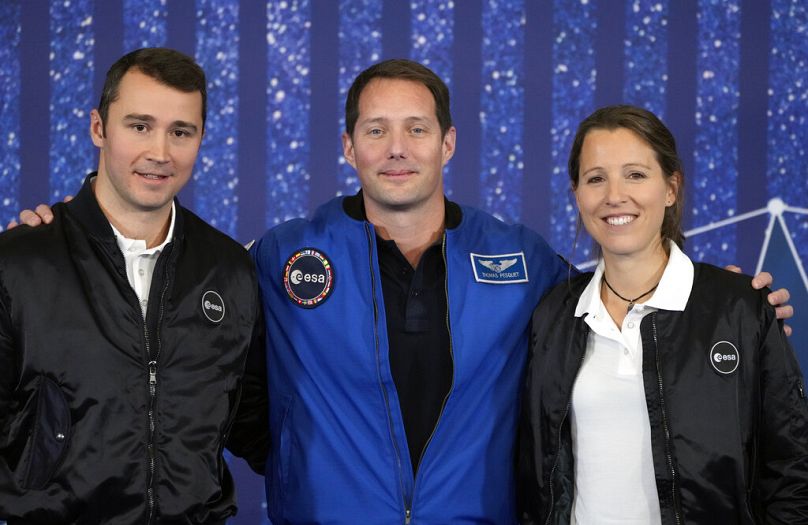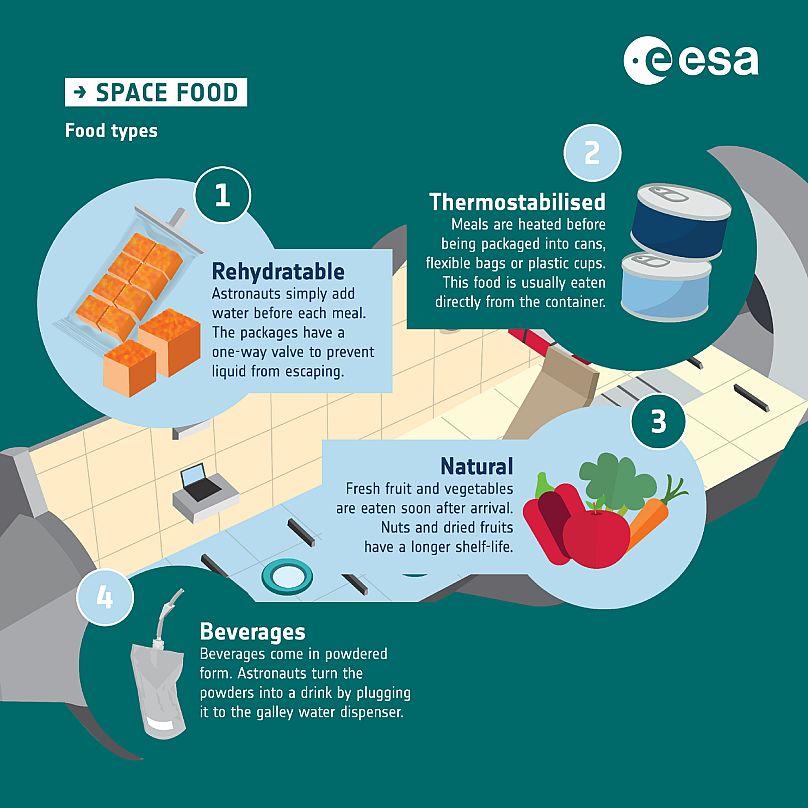Two Frenchwomen are set to give new meaning to the expression: “The sky’s the limit”.
As announced by the European Space Agency, Sophie Adenot (who, next year, will fly to the International Space Station with her co-graduate from the class of 2022 Raphaël Liégeois) has worked with French chef Anne-Sophie Pic to develop the “bonus” dishes that she will take on board the ISS.
No unappetising substitute at the bottom of the tube for this representative of the homeland of haute cuisine: as ESA points out, Sophie will be bringing a piece of French gastronomy into space with a special menu created with Anne-Sophie Pic, the world’s most Michelin-starred chef. The dishes selected – “bonuses”, not the full menu – are emblematic of French cuisine, but have been completely revisited, such as:
- Onion and pink berry soup with croutons au gratin
- Poultry with voatsiperifery pepper, tonka bean and creamy polenta with comté cheese
- Chocolate cream with cazette flower and coffee
Anne-Sophie Pic, notes ESA, is one of the leading figures in haute cuisine, constantly pushing back the boundaries of taste and emotion with her daring creations and intuitive approach. Her three-star restaurant ‘Pic’, in Valence, France, won Tripadvisor’s ‘Best Restaurants’ award in 2024. She was also named best female chef in the world in 2011 by the San Pellegrino World’s 50 Best Restaurants Awards.
“It’s a great challenge that Sophie Adenot has offered me and it’s quite extraordinary”, commented Anne-Sophie Pic, the three-Michelin-starred chef from Drôme, on ICI Drôme Ardèche on Thursday.
When “last winter” the astronaut asked her to prepare festive dishes for the ISS, the chef “didn’t hesitate for a single second to say yes”. These bonus dishes account for 10% of astronauts’ meals in space. “It’s a bit of exceptional cuisine to give them courage”, smiles Anne-Sophie Pic.
Shellfish bisque, crème de foie gras esprit, onion soup with pink berries, braised beef effiloché, rice pudding and hazelnut and coffee chocolate cream: “The aim is to give them a taste of things they like”. But to go into space, “these dishes are necessarily textured in a certain way”, explains Anne-Sophie Pic. “It’s classic cooking, but at the end, these dishes are restructured, blended and cooked thoroughly to remove any bacterial problems” and to make them “easy to eat”.
“It has to be fairly compact”, but as the chef points out, it “can be extremely good and tasty”. The food was packaged in partnership with Servair, a French company specialising in airline catering, using sterilisation in flexible sachets to preserve the taste qualities while guaranteeing very long storage at room temperature.
Adenot, 42, a former helicopter test pilot, is due to carry out her first mission aboard the ISS in spring 2026. During a six-month mission called εpsilon, she will perform a variety of tasks, including European-initiated scientific experiments, medical research and station maintenance.
Travelling at a speed of 28,800km/h at around 400km above the Earth, the ISS completes around 16 orbits around the planet each day, which can make it difficult to spread out breakfasts, lunches and dinners, notes The Guardian.
Astronauts generally eat three meals a day, with a daily calorie intake of 2,500 calories as a rough guide. Because of the special requirements for food preservation and hygiene, feeding an astronaut can cost more than €20,000 a day.
The food delivered aboard the International Space Station must be non-friable, light and have a shelf life of at least 24 months, according to the ESA.
The bulk of the menus in space consist of canned or freeze-dried meals in plastic packaging that astronauts can select from a predefined list of options provided by the institutions. Fresh fruit and vegetables are a luxury and are only available when a spacecraft arrives with new supplies.
Traditional gastronomy in space may not be the preserve of science fiction, continues The Guardian. Last April, ESA announced a project to assess the viability of producing laboratory-grown food in conditions of low gravity and high radiation, in orbit and on other planets.
The team involved said the experiment was a first step towards developing a small pilot food production plant on board the ISS within two years, enabling future French astronauts to make 3D-printed bibs and laboratory-grown chips.









